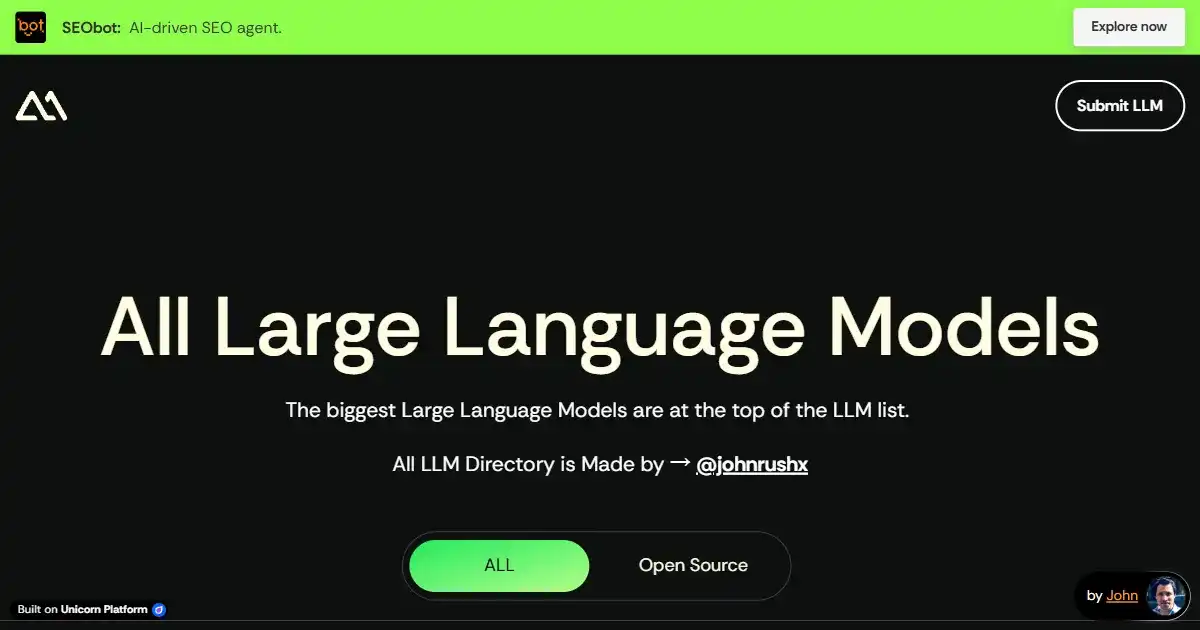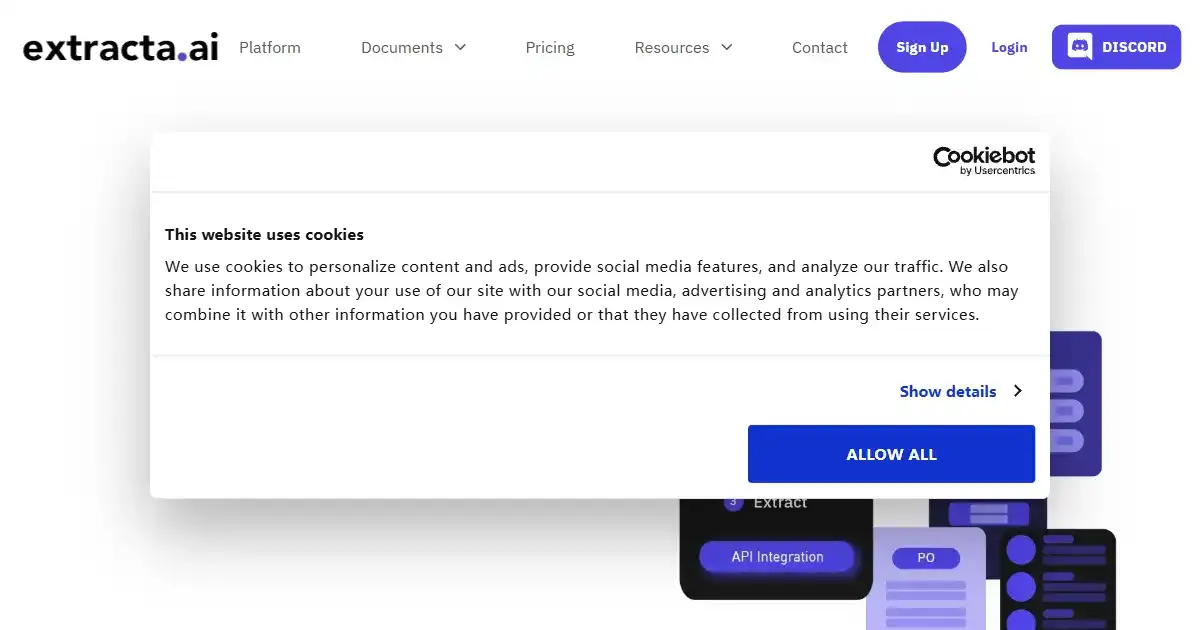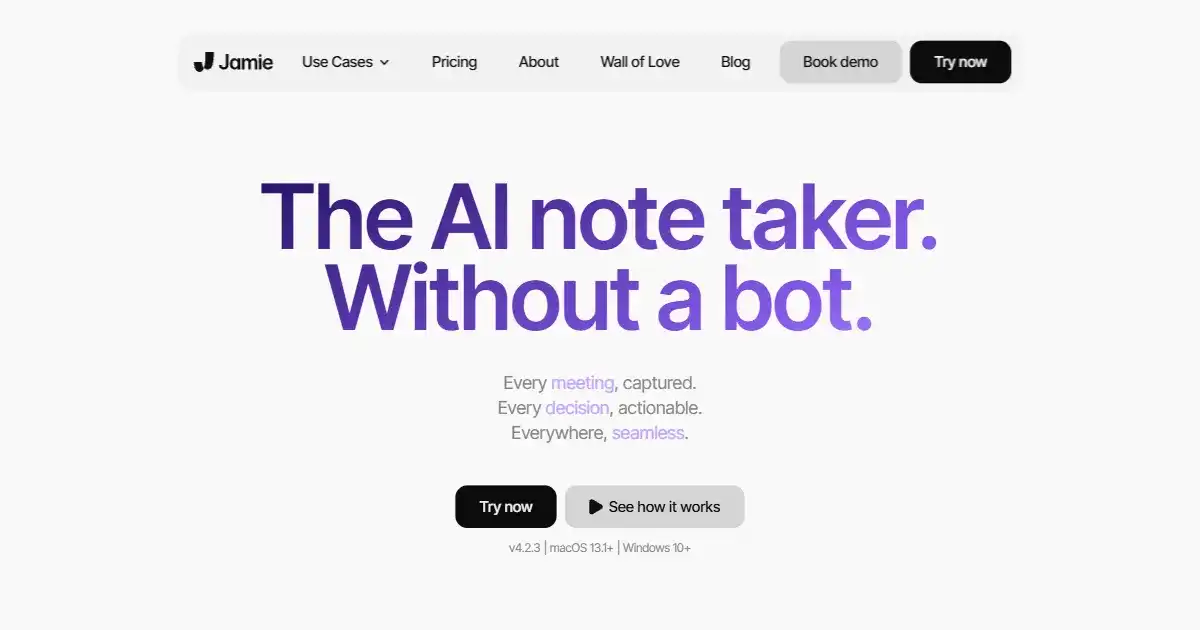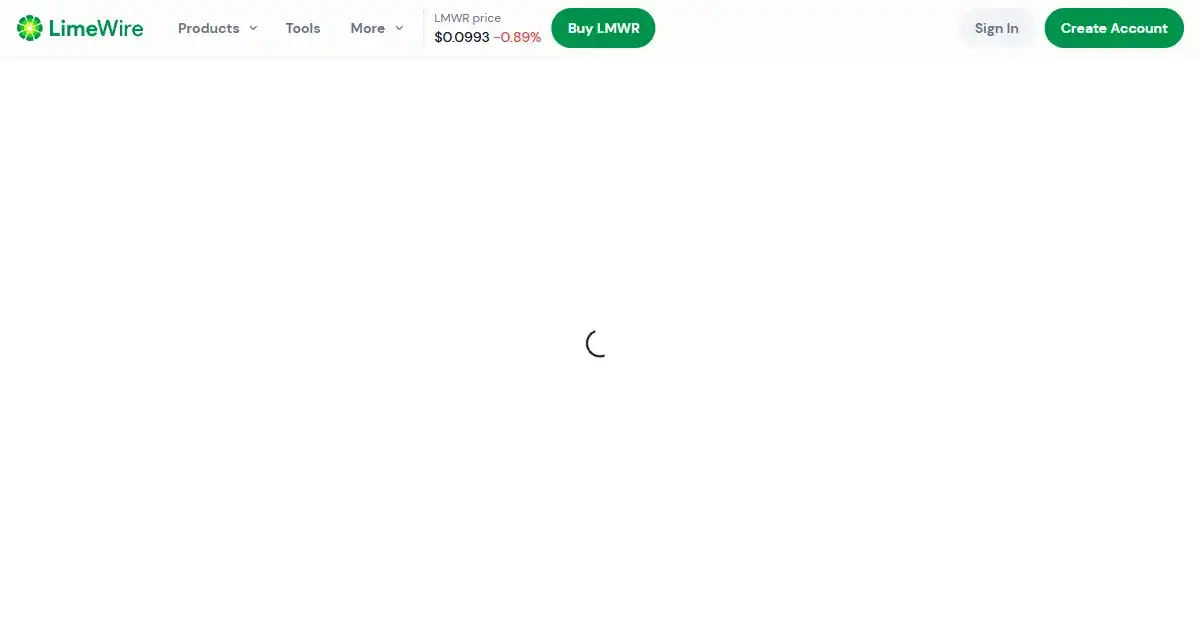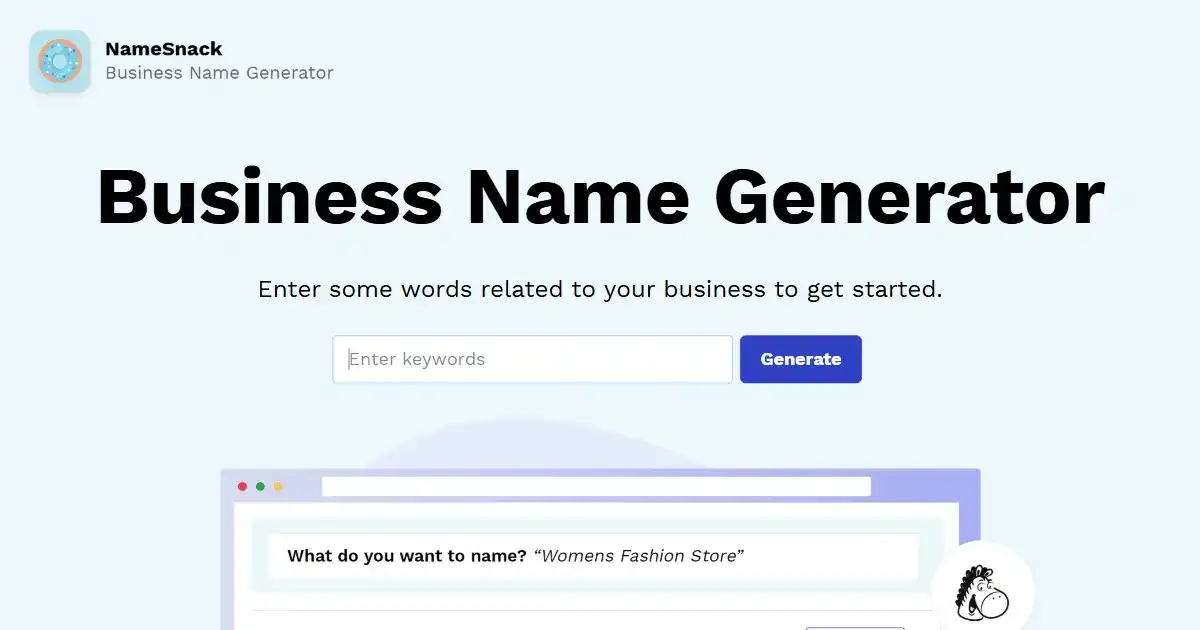Neolocus
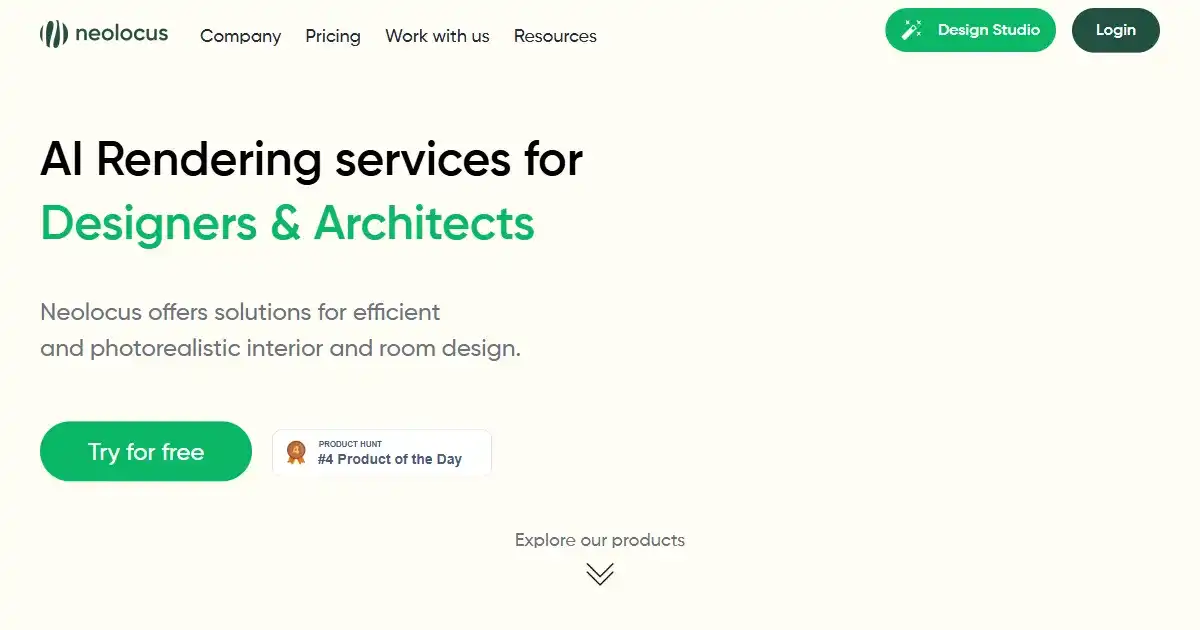
Neolocus is an AI-powered platform that transforms 2D architectural plans into photorealistic 3D renderings. It provides a quick and efficient solution for creating high-quality visualizations, benefiting professionals in architecture, interior design, and real estate. This simplifies and streamlines workflow to save time and resources compared to traditional methods.
What is Neolocus
Neolocus is an AI-powered platform designed to create photorealistic 3D renderings from 2D interior design and architectural plans. This platform offers a rapid and efficient method for producing high-quality visualizations, benefiting architects, designers, and real estate professionals. Neolocus streamlines the workflow by automating the conversion of 2D designs into interactive 3D models. With the potential for significant cost savings compared to traditional methods, Neolocus stands as a tool that may greatly enhances both client presentations and internal design processes through cutting-edge technology.
Key Features of Neolocus
This platform transforms basic floor plans into highly interactive and visually engaging digital spaces.
AI-Powered 3D Rendering: Automatically generates photorealistic 3D visualizations from 2D plans.
Fast and Efficient: Transforms designs into 3D renderings quickly, saving time and resources.
Interactive Visualization: Allows users to explore the 3D space with interactive controls and virtual walkthroughs.
High-Quality Output: Produces realistic renderings with accurate lighting and materials
User-Friendly Interface: Makes creating interactive virtual tours and 3D configurators user-friendly and requires minimal expertise
Streamlined Workflow Integration: Seamless integration between existing CAD software workflows such as Revit and ArchiCAD for more productive model creation and processing
Use Cases of Neolocus
Architectural Visualization: Creating realistic 3D renderings of building exteriors and interiors for presentations and marketing materials.
Interior Design: Visualizing furniture layouts, lighting schemes, and material finishes in a 3D environment.
Real Estate Marketing: Generating virtual tours and interactive experiences for potential buyers.
Client Presentations: Sharing immersive 3D models with clients to facilitate feedback and collaboration.
Concept Exploration: Quickly testing different design iterations and variations in 3D space
Construction and Building Renovation
Workflow Visualization for Planning Purposes
Neolocus Pros and Cons
- Speed and Efficiency: Significantly faster than traditional rendering methods, accelerating project timelines.
- Cost-Effectiveness: Reduces the need for expensive rendering software and hardware, therefore allowing users to better optimize costs during initial architectural design stages.
- Enhanced Client Communication: The high fidelity models make communicating with clients more transparent.
- Accessibility: Democratizes advanced visualization technologies, particularly to independent architects or designers without huge budgets and the needed infrastructure to facilitate local render farms and expensive GPU’s for high fidelity virtual model generation
- Platform Dependency: User experience is tied to the platform's ongoing development and potential limitations.
- Data Privacy Considerations: Users need to understand data handling regarding their uploaded design and architecture plans.
- Integration Challenges: As with any online design integration service, unforeseen interoperability conflicts with existing systems or applications might arise, which necessitate workarounds, creating more user involvement with maintaining the integration pipeline.
Neolocus FAQs
How does Neolocus work?
Neolocus uses AI to convert 2D floor plans and designs into photorealistic 3D renderings. The platform automates much of the 3D modeling process, allowing users to generate realistic visualizations quickly and efficiently.
Who should use Neolocus?
Neolocus is designed for interior designers, architects, real estate professionals, and anyone involved in creating or presenting architectural visualizations. It provides quick generation of interactive, explorable 3D renders, improving workflows.
What makes Neolocus quicker than traditional methods?
Traditional 3D rendering often takes significant time and computing resources, however Neolocus’ platform greatly accelerates this process significantly reduces the computation resources required, leading to a reduced project duration and overall reduced budget expenses.
Interested in this product?
Updated 2025-08-20
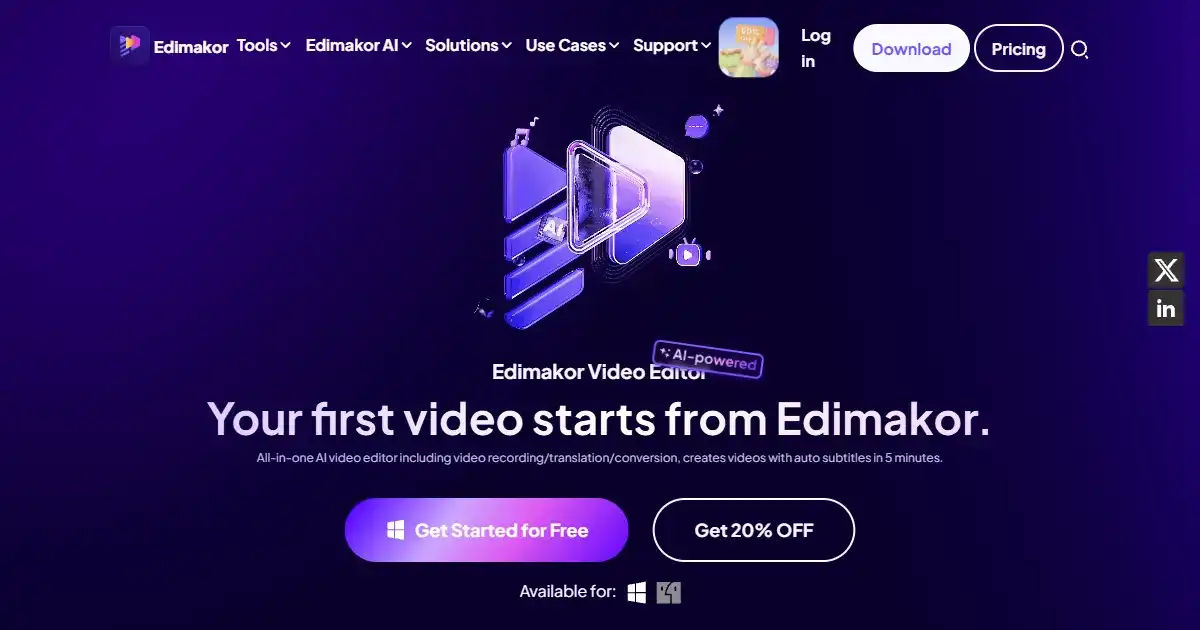
🔍 Find More Tools
LLM List is an online directory that compiles a comprehensive list of large language models (LLMs). It categorizes models by functionality, such as text generation and translation, and includes both open-source and commercial options. Developers, researchers, and businesses can use LLM List to efficiently discover and compare models, simplifying AI solution development.
Extracta.ai is an AI-powered data extraction platform that automates pulling structured data from various unstructured documents. It lets users create custom extraction templates without complex training, supporting many document types, including scanned images and digital files. Streamline your data processing and cut down on manual entry errors.
Jamie is an AI-powered note-taking application that streamlines meeting workflows. It provides high-quality minutes, transcriptions, and action items across various platforms, supporting over 20 languages and prioritizing data security in Germany.
Adsby is an AI-powered platform for simplifying and optimizing Google Search Ads. Designed for startups and small businesses, it automates ad creation, keyword suggestions, and campaign optimization to maximize ROAS.
LimeWire AI Studio is a platform for creating, publishing, and monetizing AI-generated content. It allows users to generate images, music, and audio using AI. Content creators can publish their work on LimeWire and potentially earn revenue.
NameSnack is a free business name generator that helps you create unique and memorable names for your brand. It uses machine learning and keyword combining to generate name ideas and checks domain availability. The tool also assists in generating a basic logo for your business.
